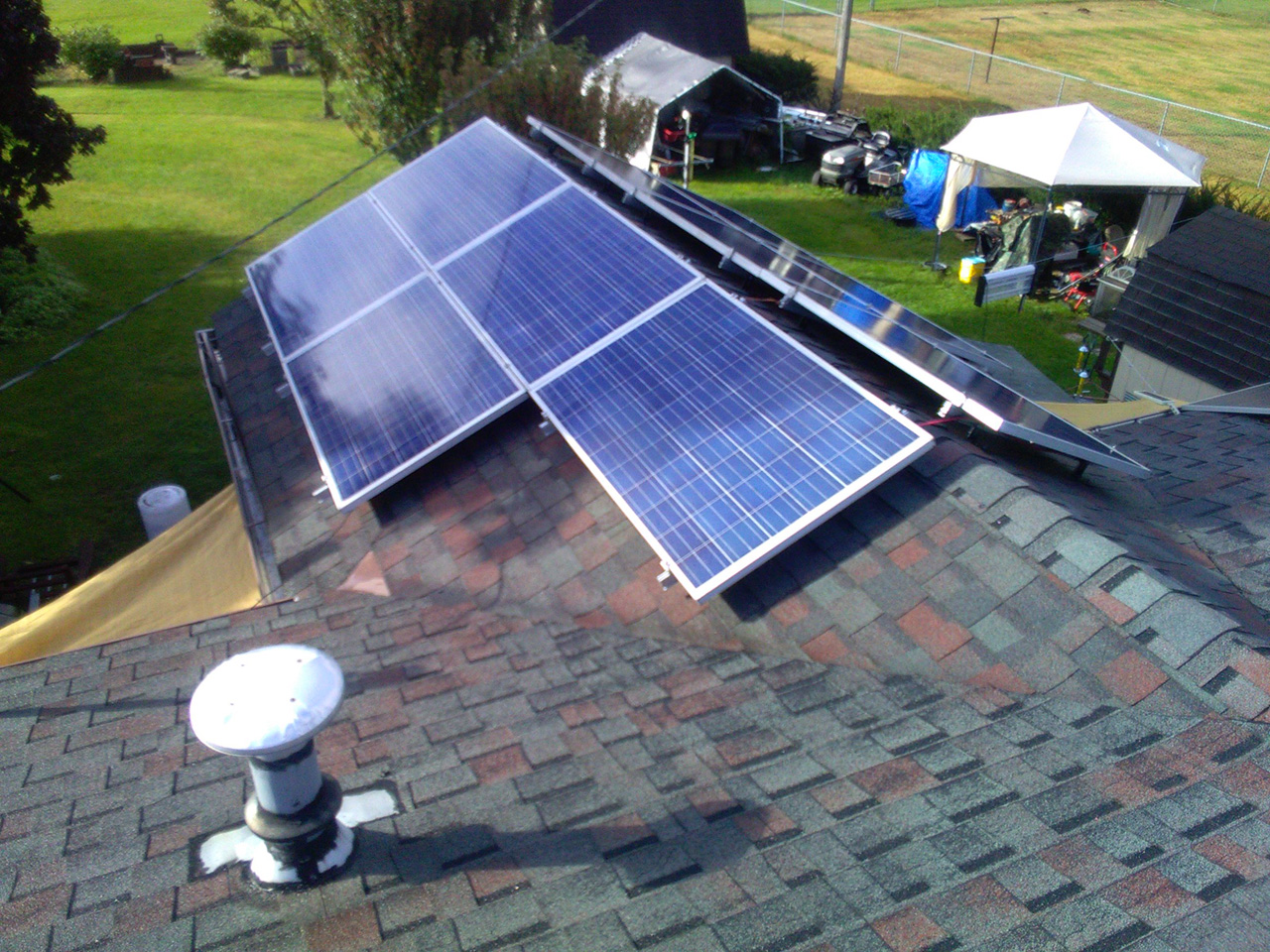How Solar Panels Work: The Basics Explained
If you’ve ever wondered how solar panels work or why they’re such a great investment, you’re in the right place! Solar power might seem like a complicated subject, but at its core, it’s simply the process of capturing sunlight and turning it into usable energy. In this post, we’ll break down the science behind solar panels and explain how they transform sunlight into electricity for your home or business.

1. What Are Solar Panels?
A solar panel is a device that converts sunlight into electricity using a phenomenon called the photovoltaic effect. These panels are made up of many smaller units called solar cells, which are usually made of silicon — a material that’s excellent at conducting electricity when exposed to light.
The overall structure of a solar panel looks like a flat, rectangular sheet covered with cells arranged in a grid pattern. Each of these cells works independently to produce electricity, but together they generate enough energy to power devices and homes.
2. How Solar Panels Capture Energy from the Sun
When sunlight hits the solar cells, it carries energy in the form of tiny particles called photons. Here’s where the magic happens: when photons strike the surface of the solar cells, they knock electrons loose from the atoms within the silicon material.
This process is known as excitation, and it’s what starts the whole process of electricity generation. Now that the electrons are freed, they need to be collected and directed to create an electrical current.
3. The Role of the Electric Field in Solar Cells
Every solar cell has an electric field created by combining two different layers of silicon — one layer that’s positively charged and another that’s negatively charged. This electric field forces the free electrons to move in a specific direction.
The movement of these electrons is what creates direct current (DC) electricity. It’s important to note that the electricity produced by solar panels is direct current, which flows in one direction, unlike the alternating current (AC) electricity that powers most homes and businesses.
4. Converting DC into AC Power
Now that the solar cells have generated direct current electricity, the next step is to convert it into alternating current electricity — the kind that powers your lights, appliances, and devices. To do this, solar energy systems include a device called an inverter.
The inverter takes the DC electricity from the solar panels and converts it into AC electricity. This is the electricity that you can use in your home or business, or send back to the grid if your system produces more than you need.
5. Storing Extra Energy: Solar Batteries
In some solar systems, you can add a solar battery to store excess energy. If your system generates more electricity than you can use during the day, the battery stores the extra power. Then, when the sun goes down or if there’s a cloudy day, you can still draw energy from the battery instead of relying on the grid.
Solar batteries are an excellent way to achieve energy independence and ensure you always have power when you need it most.
6. How Solar Energy Powers Your Home
Once the electricity is converted into AC power, it flows into your home’s electrical panel. From there, it powers your appliances, lights, and devices just like the electricity you get from the grid.
If you have a grid-tied system, any excess power that your solar panels produce (when you’re not using it) can be sent back to the local utility grid. This process is called net metering, and it can sometimes result in you receiving credits from your utility company for the extra energy you contribute.
7. Why Solar Panels Are Efficient
The efficiency of solar panels depends on several factors, including the quality of the materials, the angle at which the panels are installed, and the amount of sunlight that hits them. However, modern solar panels are highly efficient at converting sunlight into usable electricity, and with advancements in technology, their efficiency continues to improve.
8. The Future of Solar Energy
As solar energy technology advances, we’re seeing more affordable panels, better efficiency, and innovative storage solutions. With solar energy becoming increasingly accessible, it’s easier than ever to harness the sun’s power to reduce your carbon footprint and save money on electricity bills.
Final Thoughts
Solar panels are an incredible way to take advantage of one of the most abundant resources on Earth: sunlight. By capturing and converting sunlight into electricity, solar panels provide clean, renewable energy that can power homes and businesses. Whether you’re looking to lower your energy costs or reduce your environmental impact, solar energy is a smart and sustainable choice.
If you’re thinking about making the switch to solar energy, consider reaching out to our team here at Solect Energy. We can help you design a system that meets your needs.
